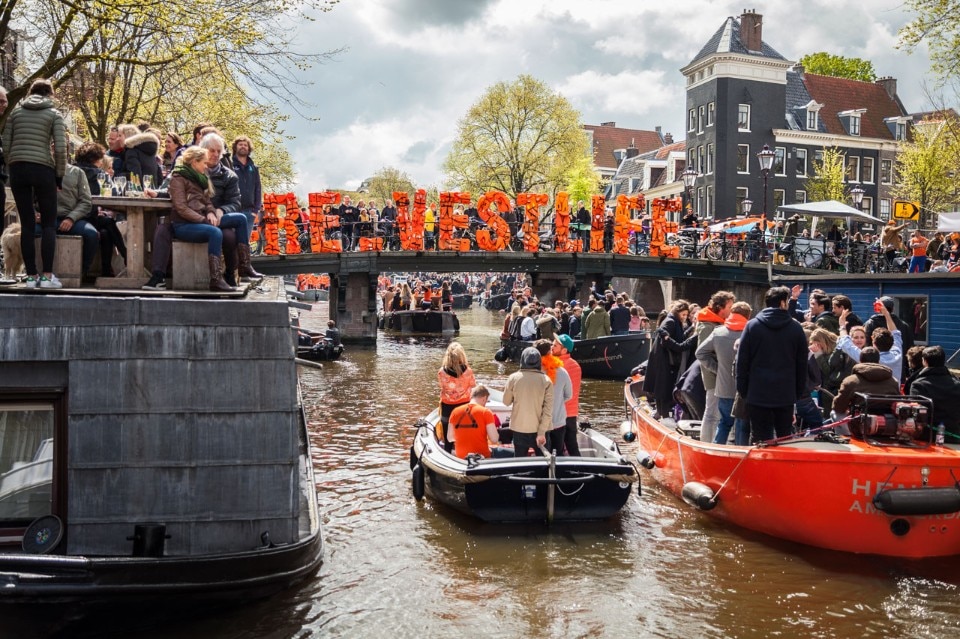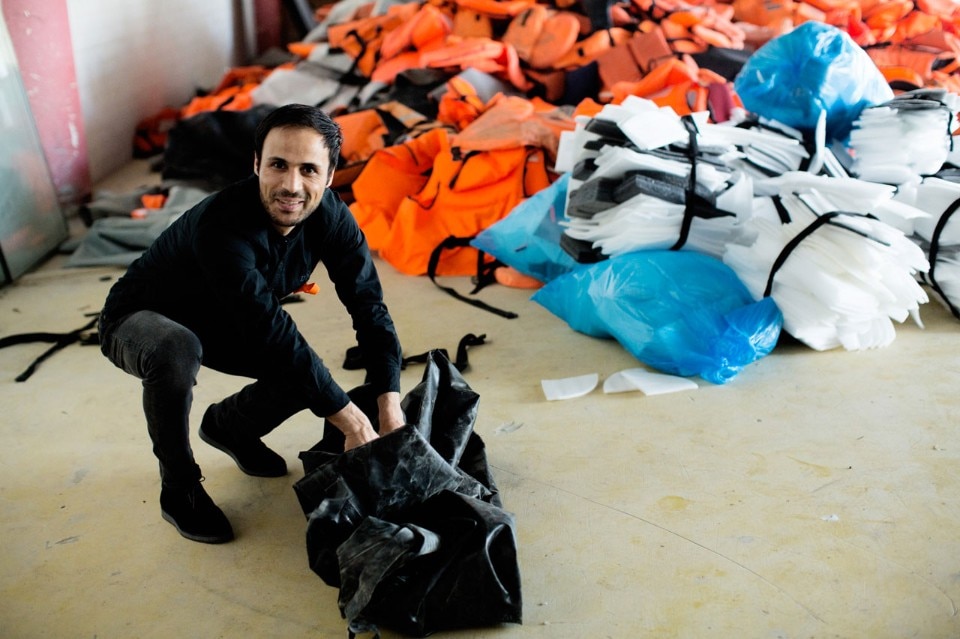
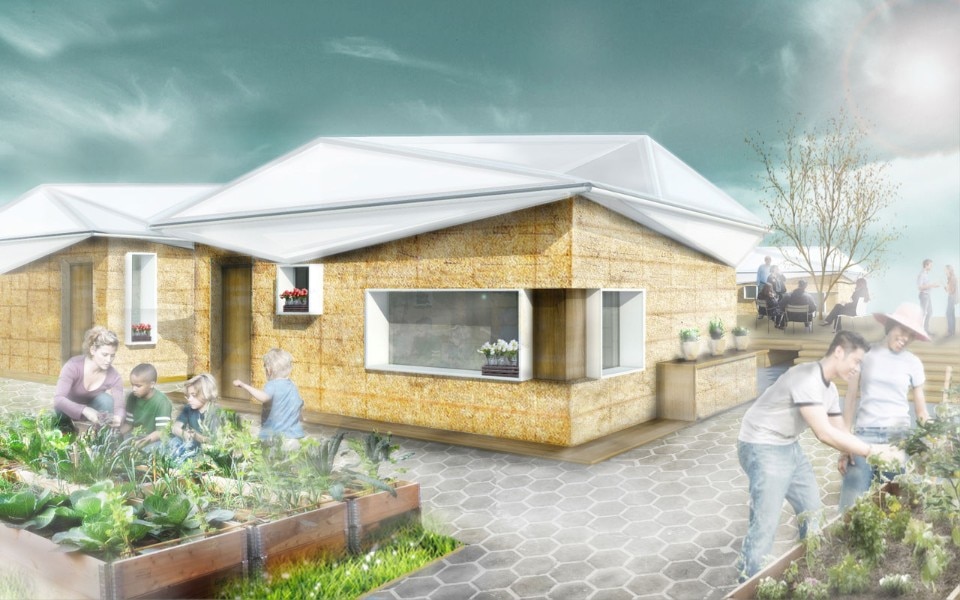
“We are hoping to be able to take it to the next level,” says Jonathan Spampinato, head of communication and strategic planning for the foundation.
“We will work in close contact with the winners to see which of these ideas can really become plausible solutions for refugee families.” The finalists will receive a budget of 10,000 euro each and coaching from the foundation itself, in such a way that the respective teams can transform their proposals into a prototype and a business-plan.
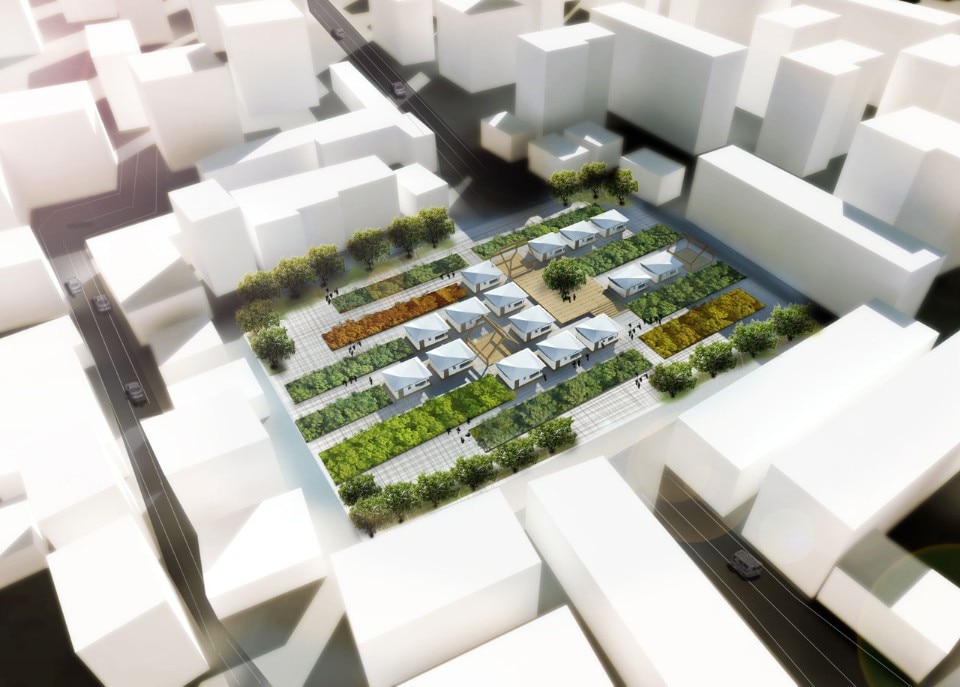
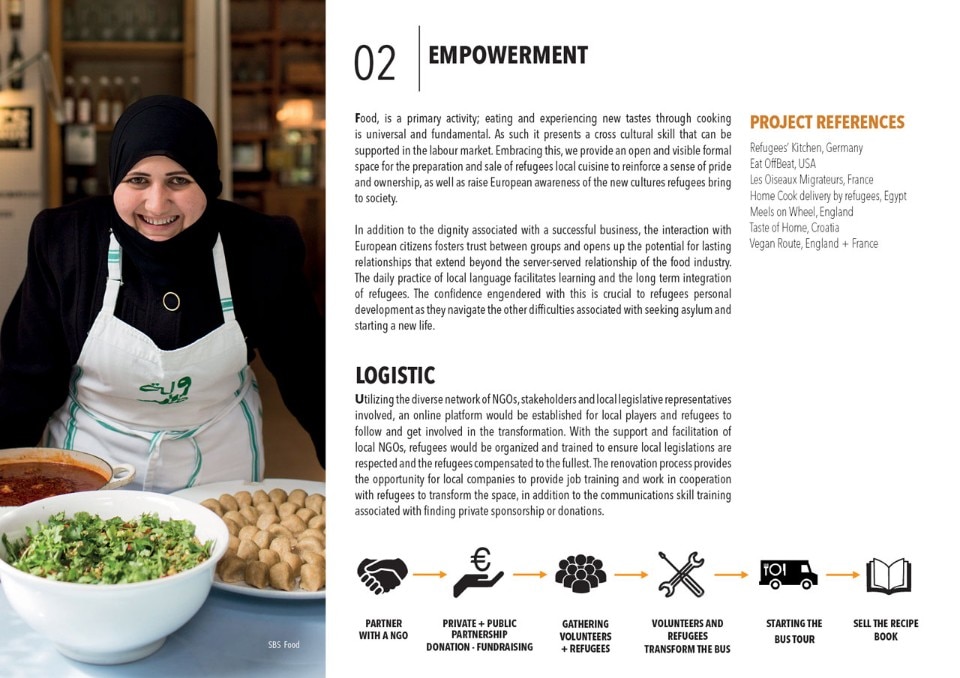
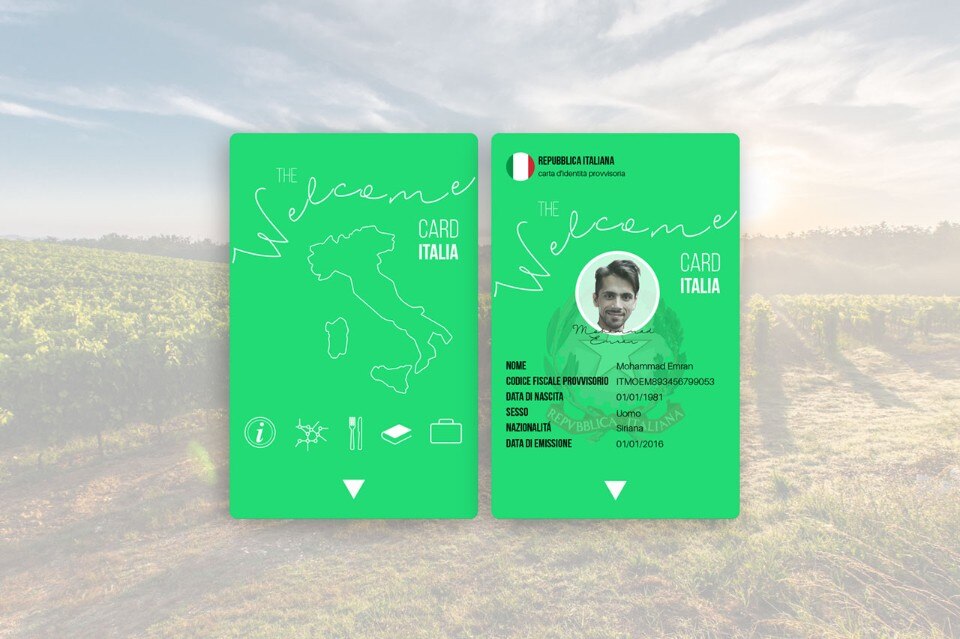
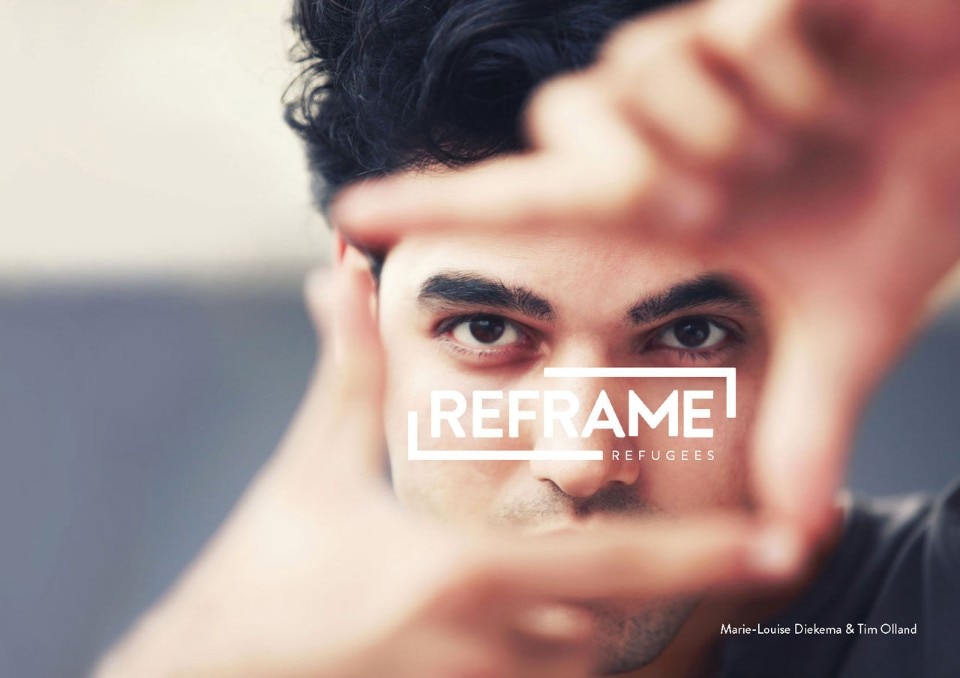
On the matter of structure, I ask him if there are ways – as well as challenges like that of WDCD – in which a brand like Ikea can exploit its own weight and its own international presence to bypass these institutional barriers. He offers an example of a programme in Switzerland where the company offers internships to refugees to facilitate integration into society, where it would be otherwise difficult to find work without experience. “Part of the problem is conceptual, it goes from the international legal structure to the local one. It is a challenge but we want to improve people’s lives and we can’t work in the abstract realm and say that it would be better if things were different. This is why we like to work with designers, they are realists.”
In this Spampinato is with the optimistic spirit of WDCD: “We are all presently concentrating on the most worrying data, but this doesn’t help. We have to look for where there is a ray of light and go in that direction”.


